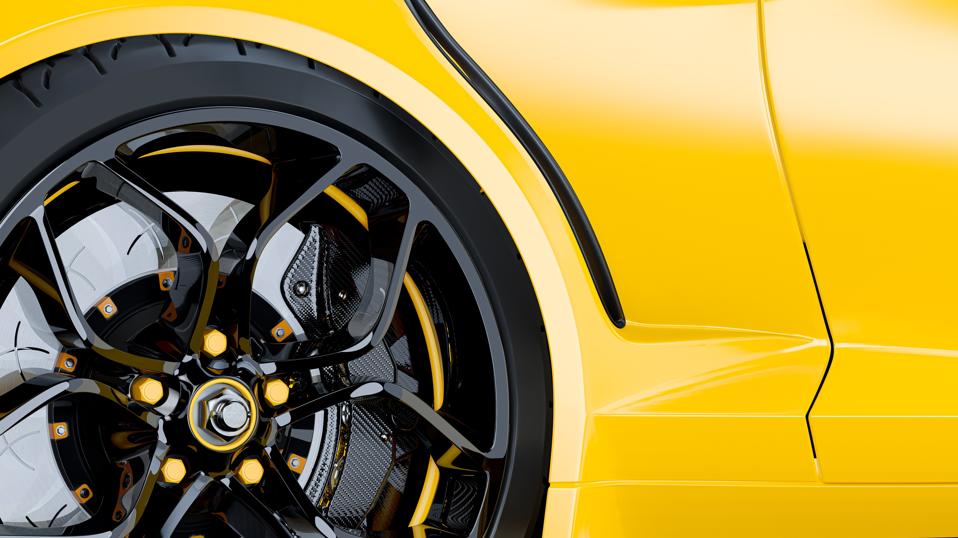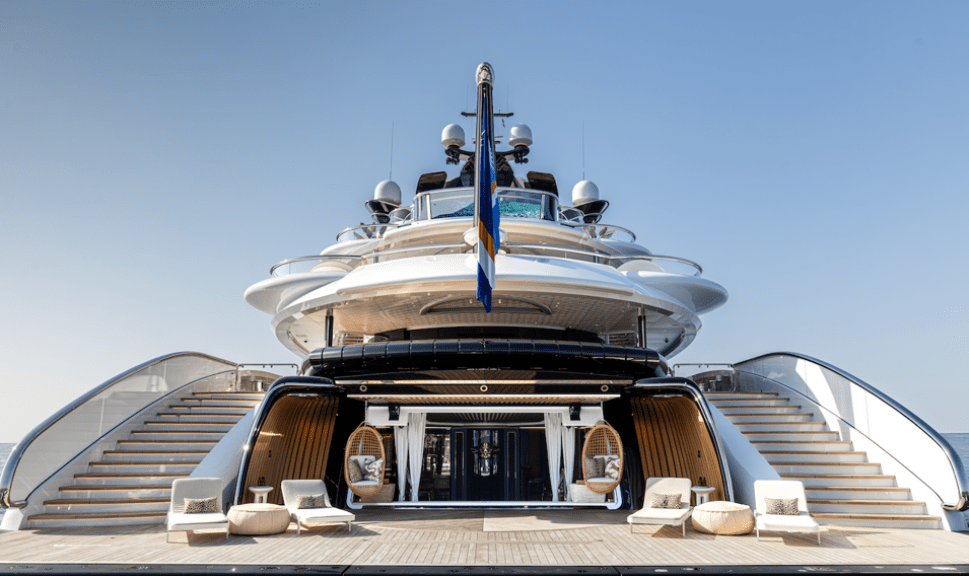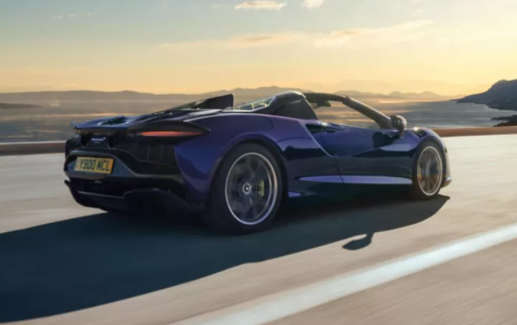Looking at virtually any parking lot in the nation these days is something akin to seeing at a black-and-white photo of cars, trucks and SUVs.

That’s because a whopping 81% of the top selling vehicle colours are not the least bit colorful, according to Edmunds.com, but are rather variations of white (25%), black (22%), gray (20%) and silver (14%).
Monochrome is certainly the name of the game when it comes to new vehicle shoppers’ tastes these days, with only slim margins sold in expressive hues like orange (0.3%), purple (0.09%) or yellow (0.08%). Even stalwarts like blue and red are now relegated to niche status, at just 9% and 7.5%, respectively of all models sold.
Some consumers are likely choosing their cars’ colours to emphasize timeliness, as more vivid hues tend to come and go more quickly out of fashion. Others tend to be conservative both in life and in their transportation choices. A lot may have to do with those being the only colours for a given model on a dealer’s lot. And many reportedly choose 50 shades of grey, et. al. as a way to help bolster their rides’’ resale values at trade-in time.
While the latter seems like an entirely logical choice for what amounts to a major financial investment, the data suggests that choosing a more brilliant color can actually help bolster a ride’s resale value.
The statisticians at the online automotive marketplace iSeeCars.com conducted a study of over 1.2 million listings to determine how different colours impact a vehicle’s depreciation, and found that it usually pays to go wild.
Though they’re relatively uncommon in today’s monochromatic new vehicle lots, the study determined that yellow cars lose the least value over the course of three years, at an average 24.0% or a $13,667 drop over their original sticker prices. That’s 6% better than the national average for all colours at a 30% loss, which translates into a $14,360 dive overall.
At that, the study found that what many would consider to be “safe” choices from an automaker’s color palette actually turn out to be among the worst performers in this regard, with black and white dropping 31.9% and 32.1% of their original sticker prices after three years, respectively. The law of supply and demand would suggest their sheer commonality has something to do with their lower resale prices, which on the plus side, makes them better values in the pre-owned market.
“We see far more black, white and silver vehicles, which suggests they’re the most popular car colours, but our data confirms there are more than enough of those colours to meet demand,” says iSeeCars Executive Analyst Karl Brauer. “For new car buyers seeking strong resale value, more obscure colours like yellow, orange and green will provide higher pricing when it’s time to sell.”
The worst performer overall is gold, a dubious hue few would choose regardless of its resale value, at 34.4% average depreciation. We’re presenting iSeeCars’ spectrum of three-year value losses below.
Among separate vehicular segments, the pickup truck colours that depreciate the least over a 36-month period are orange (-16%) and green (-19.6%). Buyers were found to lose the most money if they owned either a truck painted beige (understandable at -28.7%) and red (curiously at -28.8%).
SUV shoppers may want to consider a model that’s likewise wrapped in orange (-27.1%) or green (-28.8%) to return the most cash at trade-in time, versus brown (another no-brainer at -33.4) or black (surprisingly at -33.6%).
Sedans follow the trend with orange (-25.3%) and yellow (-25.4%) delivering the goods instead of green (-33.8%) and gold (hardly golden at -37.9%).
On the other hand, green tops the list for minivans at just -15.3%, versus the least-lucrative color, white at a substantial -43.9% plummet.
And as one might imagine, coupes and convertibles, already among the most expressive rides on the road, flourish in value when ordered in bright yellow or orange, and wither when painted black, white or silver. The complete report can be found here.
Hot Hues And Cold Colours
These are the pigments iSeeCars found that ate most likely to either decelerate or accelerate a vehicle’s rate of depreciation, with the average percentages and dollar amounts of values lost over a three-year period for each:
- Yellow: -24.0% ($13,667 off MSRP)
- Orange: -24.4% ($9,951 off MSRP)
- Green: -26.3% ($13,152 off MSRP)
- Beige: -29.5% (-$18,455 off MSRP)
- Red: -29.8% ($13,013 off MSRP)
- Silver: -29.8% ($12,636 off MSRP)
- Brown: -30.4% ($14,197 off MSRP)
- Gray: -30.5% ($13,648 off MSRP)
- Blue: -30.9% ($13,994 off MSRP)
- Black: 31.9% ($15,381 off MSRP)
- White: 32.1% ($15,557 off MSRP)
- Gold: -34.4% ($16,679) off MSRP)
Average: -31.0% and $14,360 off MSRP
Source: iSeeCars.com, based on a survey of over 1.2 million model-year-2022 used-car listings from August 2024 through May 2025.
This article was originally published on forbes.com and all figures are in USD.
Look back on the week that was with hand-picked articles from Australia and around the world. Sign up to the Forbes Australia newsletter here or become a member here.


